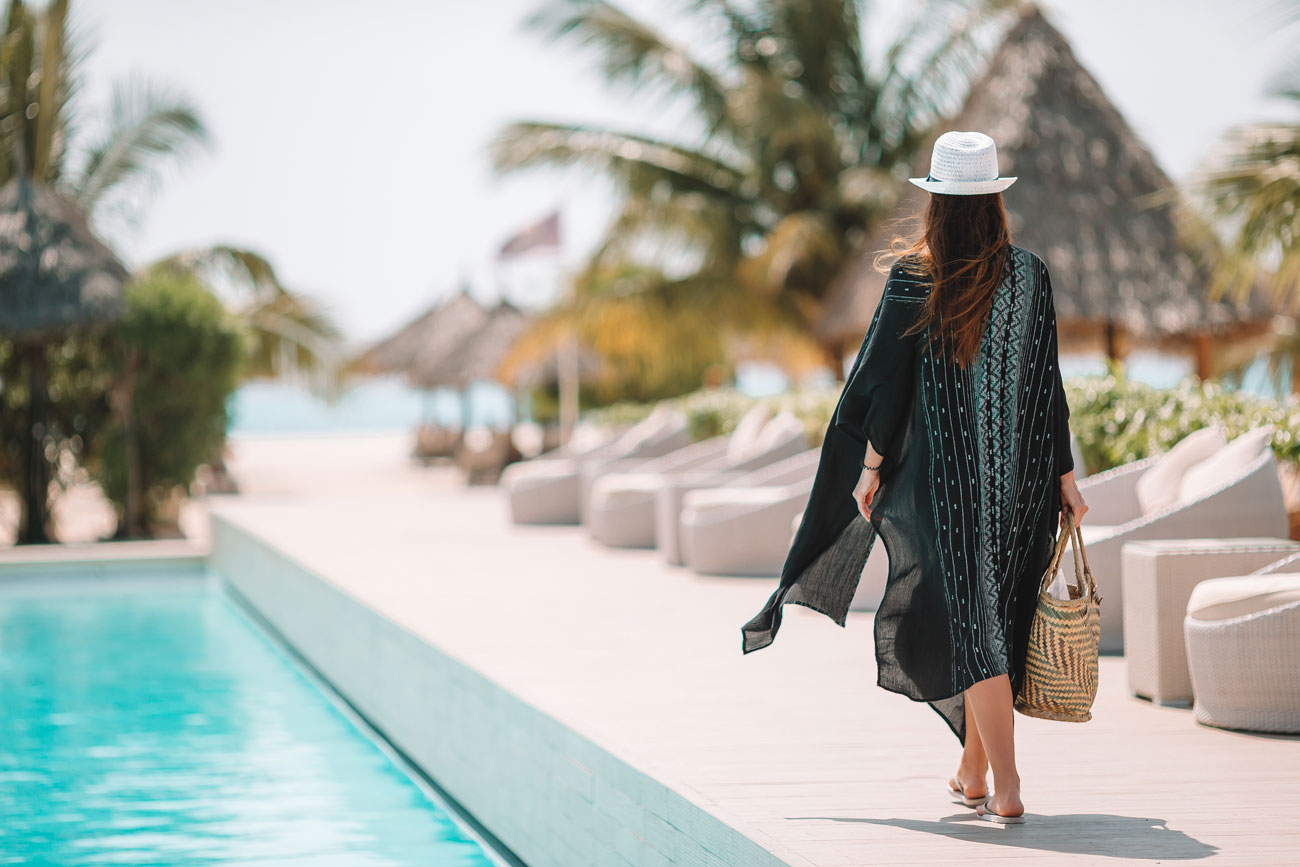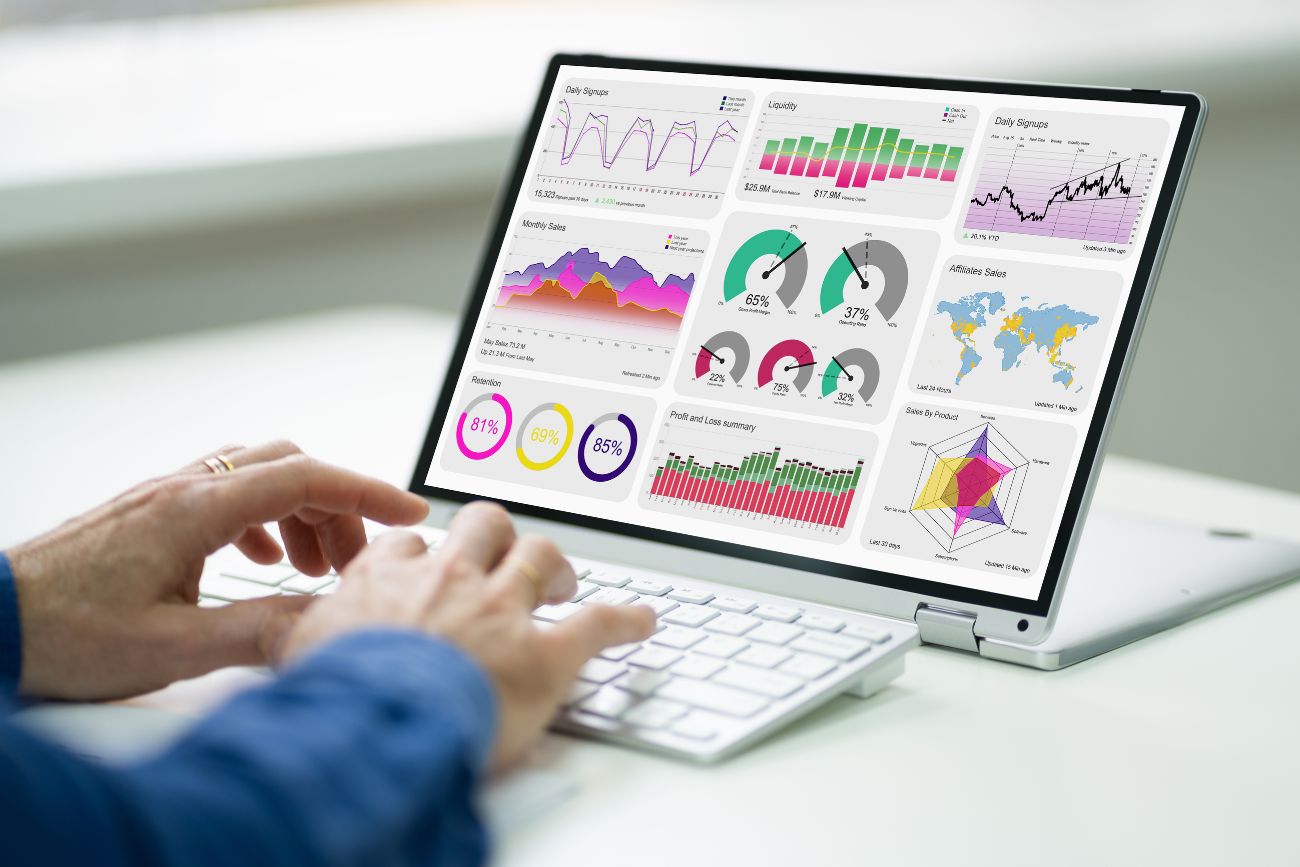The Complete Guide to Tourism and Hotel Website Design
In the digital age, your website serves as your business’s storefront – and in no industry is this truer than in the world of tourism and hospitality. A well-crafted website can attract new visitors, convert them into customers, and even serve as a platform for customer service.
This comprehensive guide explores the unique needs, challenges, and best practices for website design in the tourism and hotel industry. Whether you’re managing a luxury resort, a charming bed-and-breakfast, or a city tour company, you’ll find valuable insights to help make your website a powerful tool for your business.
Key Features of a High-Converting Hotel or Tourism-related Website
A high-converting hotel website is more than just a digital brochure. It’s a booking engine, a customer service representative, and a virtual tour guide all rolled into one.
Online Booking System
An easy-to-use, seamless online booking system is paramount. This includes real-time availability, a secure payment gateway, and transparent pricing information. Read on for more about booking systems.
High-Quality Images & Video
A picture is worth a thousand words, especially regarding hotels. High-quality, professional images can create a lasting impression and inspire visitors to book.
User-friendly Navigation
Make it easy for visitors to find what they’re looking for with clean, intuitive website navigation.
Mobile-Optimised Design
With most people browsing the internet on their mobile devices, a mobile-optimised design is a must. A responsive design will ensure your website looks and functions well on any screen size.
Customer Reviews
Customer reviews help build trust and credibility. Featuring positive reviews on your website can increase the likelihood of a visitor booking a stay.
How to Optimise Your Hotel and Tourism Website for Mobile Users
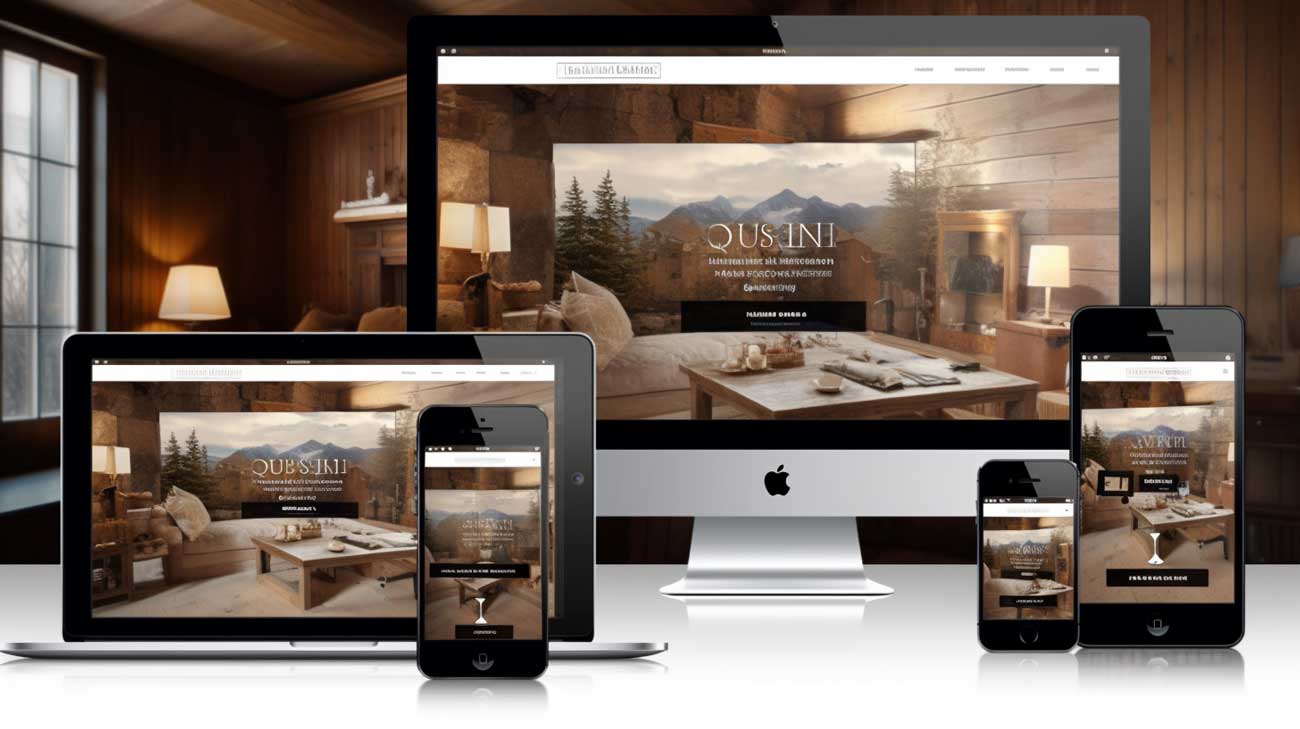
In an era where most web browsing occurs on mobile devices, a mobile-optimised website is not just an option – it’s a necessity. This is particularly true for the hospitality and tourism industry, where on-the-go visitors often research and book their travel plans from their smartphones. Here’s how to ensure your website caters to this substantial user base.
Responsive Design
Ensure your website design is responsive, meaning it adjusts to fit the screen size of the device it is viewed on. This is the most effective way to ensure your website looks great and works well on all devices.
Simplified Navigation
Navigation on a mobile device should be clear and concise. Limit the items in your main menu and ensure all navigation elements are easily clickable.
Fast Load Times
Mobile users often browse on slower, less reliable internet connections. Compress your images, utilise caching, and consider using a Content Delivery Network (CDN) to ensure your website loads quickly, even on slow networks.
Mobile-friendly Booking System
Your booking system should be easy to use on a mobile device, with a straightforward, step-by-step process and easy-to-click buttons.
Click-to-Call and Click-to-Email Features
Help mobile users connect with you easily by incorporating click-to-call and click-to-email features. This lets users contact you directly from your website with a single click.
Incorporating these features will make your website more accessible and user-friendly for mobile users, leading to increased bookings and better engagement with your audience.
Integrating Booking Systems in Hotel and Tourism Website Design
The booking system is the heart of your hotel or tourism website. It’s where visitors turn into guests or customers. A well-integrated booking system is crucial for a seamless user experience and maximised conversions. In this section, we’ll discuss the intricacies of booking systems, including the roles of channel managers and Online Travel Agents (OTAs).
Online Booking System
An online booking system should provide real-time availability, a secure payment gateway, and transparent pricing information. Customers should be able to book their stay or tourism package anytime from any device, and the process should be simple and intuitive.
What is a channel manager?
A channel manager is a tool that allows hotels to manage their distribution channels, including OTAs, from a single platform. It streamlines updating room rates and availability across multiple channels in real time, preventing double bookings and reducing administrative tasks.
List of channel managers for hotels, tours and experience
Hotels
Small Accommodation
Short-term Holiday Rentals
Tourist & Caravan Parks
Tours & Experiences
Online Travel Agents (OTAs)
OTAs are third-party booking websites like Booking.com or Expedia that offer consumers a convenient way to compare and book accommodations. While OTAs can help hotels reach a larger audience, balancing OTA bookings with direct bookings to maintain profitability is essential.
The Relationship Between Channel Managers and OTAs
Channel managers and OTAs work together to distribute your inventory across multiple platforms. The channel manager updates the OTAs with real-time availability and rates, ensuring that all channels are consistent and up-to-date. This relationship is crucial for maintaining rate parity and avoiding overbooking.
Choosing the right channel manager and OTA for your hotel or tourism business can significantly enhance your online presence and simplify your inventory management. Conduct research and select solutions that align with your business needs and budget.
Utilising Visual Content in Tourism and Hotel Web Design
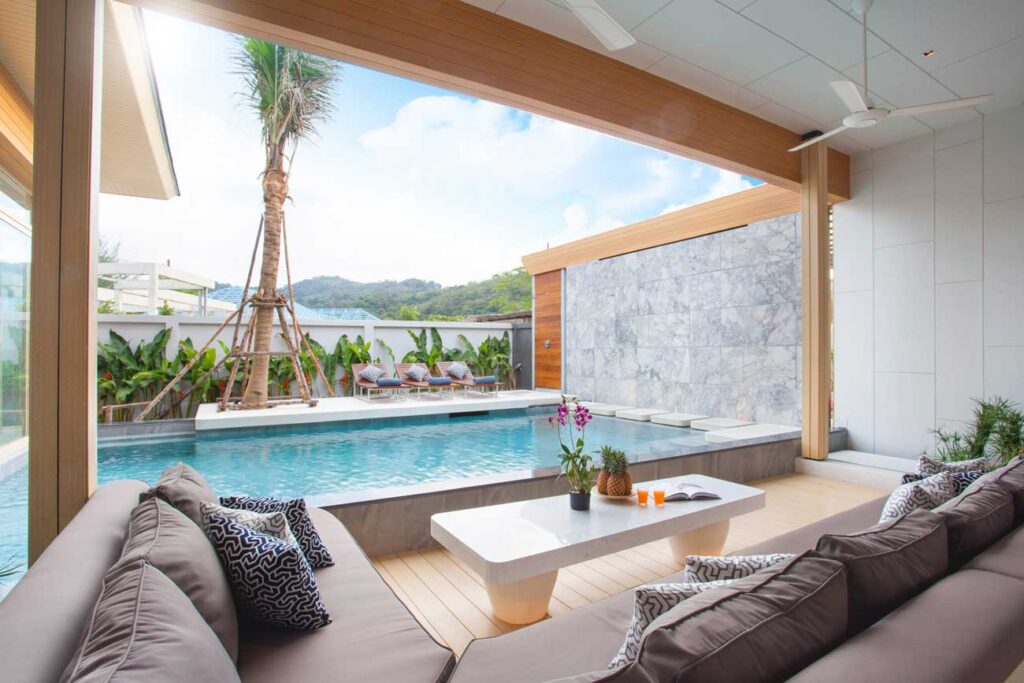
In tourism and hospitality, the power of visuals cannot be overstated. They can evoke emotions, stir wanderlust, and essentially, be the influential factor compelling potential guests to book their next adventure with you. Let’s explore how to incorporate visual content into your hotel or tourism website effectively:
High-Quality
Professional, high-quality photos can capture your hotel’s or tourism destination’s beauty and charm. Ensure your images accurately represent your offerings and entice potential guests with compelling views of your rooms, amenities, and surrounding areas.
Virtual Tours
Virtual tours provide an interactive experience for users, allowing them to explore your hotel or tourism destination from their devices. This immersive form of visual content can significantly increase engagement and booking rates.
Video Content
Videos are an excellent way to showcase your services, tell your brand’s story, or highlight customer testimonials. They can create a dynamic and engaging experience for your website visitors.
Infographics
Infographics can visually represent information or data, making it easier for visitors to digest. They can be used to illustrate travel guides, statistics, or process flows (like your booking process).
User-Generated Content
User-generated content (like photos from past guests) can provide social proof and add a personal touch to your website. Consider creating a gallery or a social media feed showcasing such content.
Remember, effective use of visual content can significantly enhance the appeal of your website and influence visitors’ decision-making processes. Ensure your visuals align with your brand identity and accurately showcase what visitors can expect from your hotel or tourism services.
Tourism & Hotel SEO Strategies
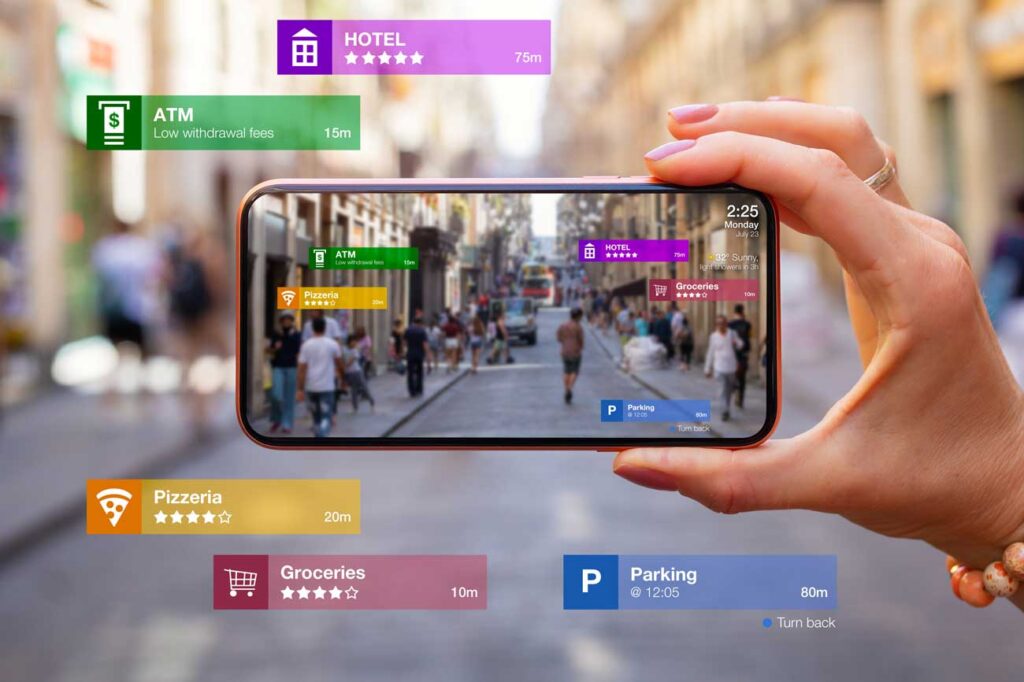
Search Engine Optimisation (SEO) is critical to any successful website. It involves optimising your website to rank higher in search engine results, increasing your visibility and attracting more organic traffic. Here are key SEO strategies you should implement on your hotel and tourism website:
Keyword Research
Identify the keywords your potential guests use to search for hotels or tourism services like yours. Use these keywords strategically in your website content, meta tags, and alt text.
Local SEO
Local SEO is crucial for hotel and tourism businesses. Ensure your website is optimised for local search terms, and take advantage of Google My Business listings.
High-Quality Content
Create valuable, engaging content that addresses the needs and interests of your target audience. Regularly updated content helps with SEO and positions your brand as a thought leader in the industry.
Mobile Optimisation
As discussed earlier, with most web searches on mobile devices, a mobile-optimised website is essential for SEO.
Site Speed
Search engines favour fast-loading websites. Optimise your site speed by compressing images and using caching techniques.
Backlinks
Backlinks, or inbound links from other websites, can significantly boost your SEO. Aim to build backlinks by creating shareable content and forging partnerships with other businesses or influencers in your industry.
Remember, SEO is not a one-time task but a long-term strategy. It requires regular monitoring and adjustments to keep up with changing search engine algorithms and consumer behaviours. With the correct SEO strategies, your hotel or tourism website can rank higher in search results, attract more visitors, and drive more bookings.
We wrap up our comprehensive Tourism and Hotel Website Design guide with this. Implementing these tips and practices will help you create an attractive, user-friendly, high-performing website that stands out in the competitive hospitality and tourism industry.

